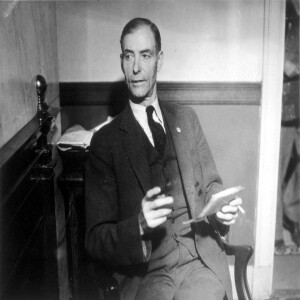
On this day in labor history, the year was 1940.
That was the day President Roosevelt signed the Smith Act into law.
Some initially dubbed it the “Harry Bridges Law,” after the radical labor leader, long targeted by the FBI for deportation.
Politicians claimed it was designed to prosecute Fascists, Nazis and Communists.
In fact, the Smith Act was first used to prosecute and convict Minneapolis Teamsters leaders and supporters of the Socialist Workers Party, recognized for their successful 1934 strike and radical leadership.
Named after the Virginia Democratic Representative Howard W. Smith, it was originally titled the Alien Registration Act of 1940.
In addition to mandating the registration and fingerprinting of resident aliens, it allowed for the deportation of those resident aliens who sought to overthrow the government by force.
But the act also extended to those citizens who advocated the overthrow of the government by force or violence or engaged in the printing, publishing or distributing of materials that advocated sedition.
And it made it illegal for citizens to organize or belong to any association that engaged in such activity.
According to historian Donna Haverty-Stacke, author of Trotskyists on Trial: Free Speech and Political Persecution Since the Age of FDR, the Smith Act “was a peacetime antisedition law that marked a dramatic shift in the legal definition of free speech protection in America…the Minneapolis case shows how far the administration went to prosecute political dissent—even to the point of targeting the labor-liberal left.”
The Smith Act served as a prime tool for the McCarthyite Red Scare, and was used to prosecute more than a hundred Communists and labor leaders. Finally, in a 1957 landmark case, Yates v. Untied States, convictions under the Smith Act were rendered unconstitutional.
More Episodes
 2024-04-28
2024-04-28
 2024-04-28
2024-04-28
 2024-04-27
2024-04-27
 2024-04-24
2024-04-24
 2024-04-23
2024-04-23
 2024-04-22
2024-04-22
 2024-04-21
2024-04-21
 2024-04-19
2024-04-19
 2024-04-17
2024-04-17
 2024-04-16
2024-04-16
 2024-04-14
2024-04-14
 2024-04-13
2024-04-13
 2024-04-12
2024-04-12
 2024-04-11
2024-04-11
Create your
podcast in
minutes
- Full-featured podcast site
- Unlimited storage and bandwidth
- Comprehensive podcast stats
- Distribute to Apple Podcasts, Spotify, and more
- Make money with your podcast
It is Free
- Privacy Policy
- Cookie Policy
- Terms of Use
- Consent Preferences
- Copyright © 2015-2024 Podbean.com




